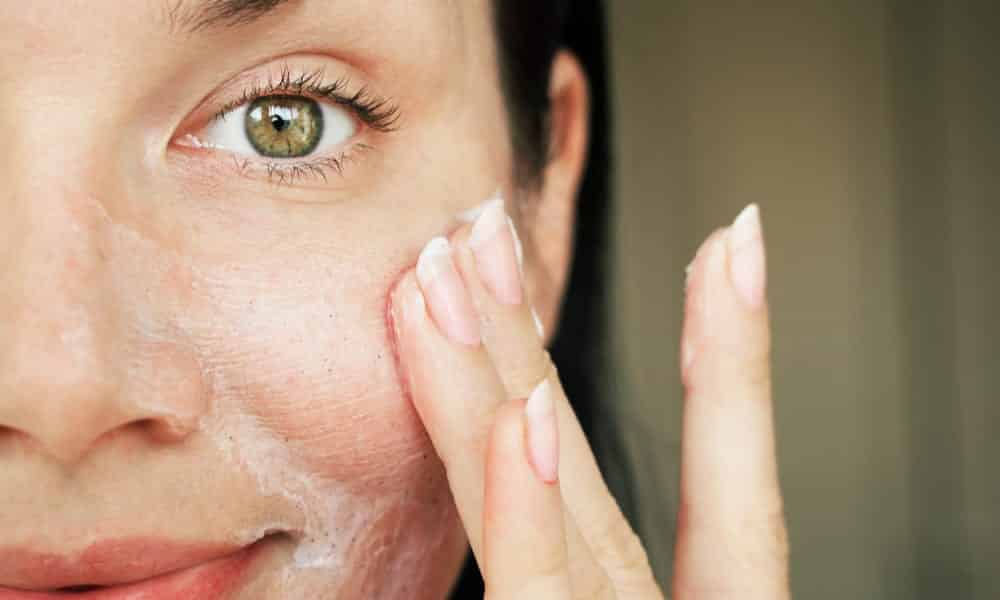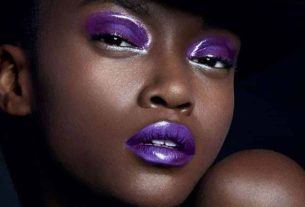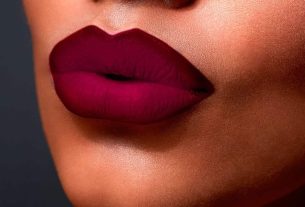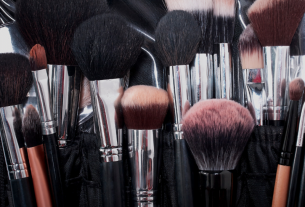The wave of skin care is becoming a huge success, but you need to pay attention to your skin type and when choosing products.
There is a lot of talk these days about skin care. The wave of skincare It came with everything in recent years and intensified with the new corona virus pandemic. This is because people have more free time to dedicate more time to themselves, and this includes their skin, which is often left aside due to a busy routine.
Despite the skin being the largest organ in the human body, little was said about caring for it. However, in recent years, the cosmetics industry has invested heavily in products for this purpose. Whether it’s a body line, a facial line or to treat a problem, it’s clear that self-care routines are here to stay.
Therefore, you need to know your skin type, the most suitable products for it and the routines that can benefit it. Skin care includes processes that range from cleansing, with soaps and gels, to treatment or protection products, such as hyaluronic acid and facial sunscreen.
Skin Types
Oily
Oily skin is defined as skin that has a higher level of substances than normal skin. The most significant characteristics of this type are the intense shine and the greater ease for the development of acne. This occurs because one of the substances produced in excess is sebum, which induces the emergence of bacteria. Diet, hormonal factors and extreme exposure to the sun contribute to the formation of oily skin.
Normal
This type of skin is at a common level of hydration and does not excrete much sebum. It has a healthy texture, the pores are generally not dilated and the presence of acne only occurs during periods of hormonal variation, such as PMS, for example.
Seca
Dry skin is the opposite of oily skin. In this type there is a lack of hydration and this impairs the production of substances that nourish the skin. Dry skin is prone to redness and irritation, resulting from peeling and cracks that occur in the dermis. In addition to these cases, the appearance of expression lines and wrinkles is also more common in people whose skin is dry. Therefore, it is important to always hydrate your skin, especially with products that offer extra nutrition. Avoiding very hot baths and protecting yourself from the cold also helps.
Mr
As the name suggests, it is a skin type that combines characteristics of others, mainly oily and dry. In this case, the oily part is, in most cases, in the ‘T” zone. This area is formed by the forehead, nose and chin, in these cases, this region is the most prone to the appearance of pimples and blackheads. The dry part, the cheek region, has small pores and does not produce as much sebum as the rest of the face.
Facial skin care
It’s good to remember that skin care doesn’t just mean caring for your face. So, let’s go in parts! This area of the body in question is in fact the most cared for, especially by women and requires certain routines and the use of some specific products. Here are some steps that can help you keep your facial skin healthy:
Sanitation
The first step to good skin is to always clean it correctly. Make sure you use a soap for your skin type, this will help a lot in the next steps. Give preference to soaps in liquid form. They adhere better to the skin and remove more dirt, as well as being much more hygienic.
A good choice for this product is the neutral type, some dermatologists even recommend baby soap.
You should wash your face with soap twice a day or every time you remove your makeup. During the daily routine, it is good for these washes to occur in the morning and before bed. This recommendation seeks to remove impurities that penetrate the skin during the day, after all, cities, in particular, are very polluted.
Finally, with clean skin, it is easier to apply other products, thus maximizing their absorption by the dermis and optimizing results. After all, the objective of all this skin care is to make it beautiful and healthy, right?!
Hydration, a crucial part of your skin care routine
This step is the most confusing for most people, especially those with oily skin. Just like soap, using moisturizers on your face is recommended for all skin types. However, you need to pay attention when purchasing the product. Most of them are already on the label for which type it is preferable, but it doesn’t hurt to pay attention.
If your skin type is oily, give preference to moisturizers with a light or gel texture, do not overdo the quantity and always remove the product correctly. The moisturizer obviously serves to maintain the skin with adequate levels of water and mineral salts.
However, in the case of oily skin, where these items are produced in excess, the addition of moisturizer means that the body no longer wants to produce so many substances. Which ends up, consequently, leading to a balance. Hydration is one of the most important steps in your skin care routine.
Sunscreen, why use it in your skin care routine?
This item is essential in everyone’s life. At first, it was believed, in layman’s terms, that the use of sunscreen was only intended for times when there was a lot of exposure to the sun, such as going to the beach, that day at the pool or on long walks. However, it is now known that even artificial lights cause damage to our skin.
Therefore, daily use of the protector prevents the appearance of blemishes, blackheads and premature aging.
Important skincare products
The following items are not as priority and indispensable as the previous ones. However, it is worth highlighting that by incorporating these steps and products into your routine, the quality of your skin is much more likely to become healthier. Just look:
Using toner in your skin care routine
Exfoliating soaps
According to dermatologists, it is most recommended that you use this product in your skin care routine, at most twice a week. If used correctly, exfoliating soap contributes to deeper cleaning and cell renewal.
Facial masks and treatments
Another thing that is very fashionable right now are face masks. They come in all forms, smells and benefits, such as removing blackheads, revitalizing the skin and reducing dark circles. This item serves as food. Because when administered, the properties present in some masks help nourish the skin.
Skin care for the rest of the body
Apart from the skin on our face, the rest of the body is sometimes left aside, but this skin also needs attention. When it comes to skin, the steps are the same: cleansing, hydration and protection. What changes are the compositions of the products and generally the quantity in which they come.
The rest of the body, in turn, also has the same divisions, and can be considered oily (which is not very common in areas other than the face), mixed or dry.
As for the protector, it is not the same one you will use for your face. The biggest differences in relation to the facial version are in the composition, protection factor and condition of the product. Sunscreens for the body must be thicker and have lower protection factors due to the incidence of UV rays in these regions, after all, more care is needed.
Now there’s no excuse for not taking good care of your skin! Finally, if you want, also know the correct way to wash your face.
Lastly, like this article, also read: Skincare Routines.
Sources: Natura, Adcos, SBD and Drogaria Santo Remédio.
Images: Uol, Vogue, Homem no Espelho, Allure, Self Rooted World and Guia de Bem Estar and PYMNTS.

Sign up for our newsletter and stay up to date with exclusive news
that can transform your routine!
Warning: Undefined array key "title" in /home/storelat/public_html/wp-content/plugins/link-whisper-premium/templates/frontend/related-posts.php on line 12
Warning: Undefined array key "title_tag" in /home/storelat/public_html/wp-content/plugins/link-whisper-premium/templates/frontend/related-posts.php on line 13




